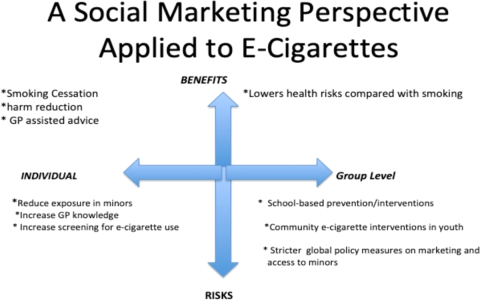The rise in electronic cigarette use among youth has sparked debate over its potential influence on school expulsion rates. This analysis examines the evidence and complexities involved.
Current Evidence and Correlations
Multiple studies suggest a correlation between youth vaping and increased disciplinary actions. For example, school district reports from the CDC and other educational bodies indicate that incidents involving e-cigarettes frequently lead to suspensions or expulsions. This is often due to violations of strict anti-vaping policies, where students are caught using or possessing devices on campus.

- Data from national youth surveys show higher rates of expulsion among e-cigarette users compared to non-users.
- Cases where vaping escalates to other offenses (e.g., tampering with school property for concealment) can compound expulsion risks.
Factors Driving Expulsion Rates
Expulsions linked to vaping stem from multiple factors beyond mere use. School policies often treat e-cigarettes as akin to tobacco products, mandating zero-tolerance approaches for health and safety compliance.
- Health risks: Concerns over addiction and immediate harm can prompt punitive measures.
- Behavioral issues: Vaping may correlate with underlying problems like truancy or substance abuse, indirectly heightening expulsion likelihood.
- Policy enforcement: Districts with stringent rules report spikes in expulsions post-policy implementation, though causation remains debated.
Debate on Causality and Counterarguments
The causal relationship is contested. While some attribute rising expulsions directly to vaping, others argue that multiple confounders are at play.
- Opponents note that expulsion spikes often coincide with broader substance abuse trends, where vaping is one element among many (e.g., opioids or alcohol).
- Educational data indicates that socioeconomic factors and inadequate support systems may better predict expulsions, with vaping as a symptom rather than a primary cause.
Conclusion
Evidence points to a significant correlation between youth vaping and higher expulsion rates, influenced by policy strictness and associated behaviors. However, establishing direct causation is complex due to overlapping variables. Schools should prioritize evidence-based interventions, such as counseling and prevention programs, to address root causes and mitigate expulsion risks holistically.










